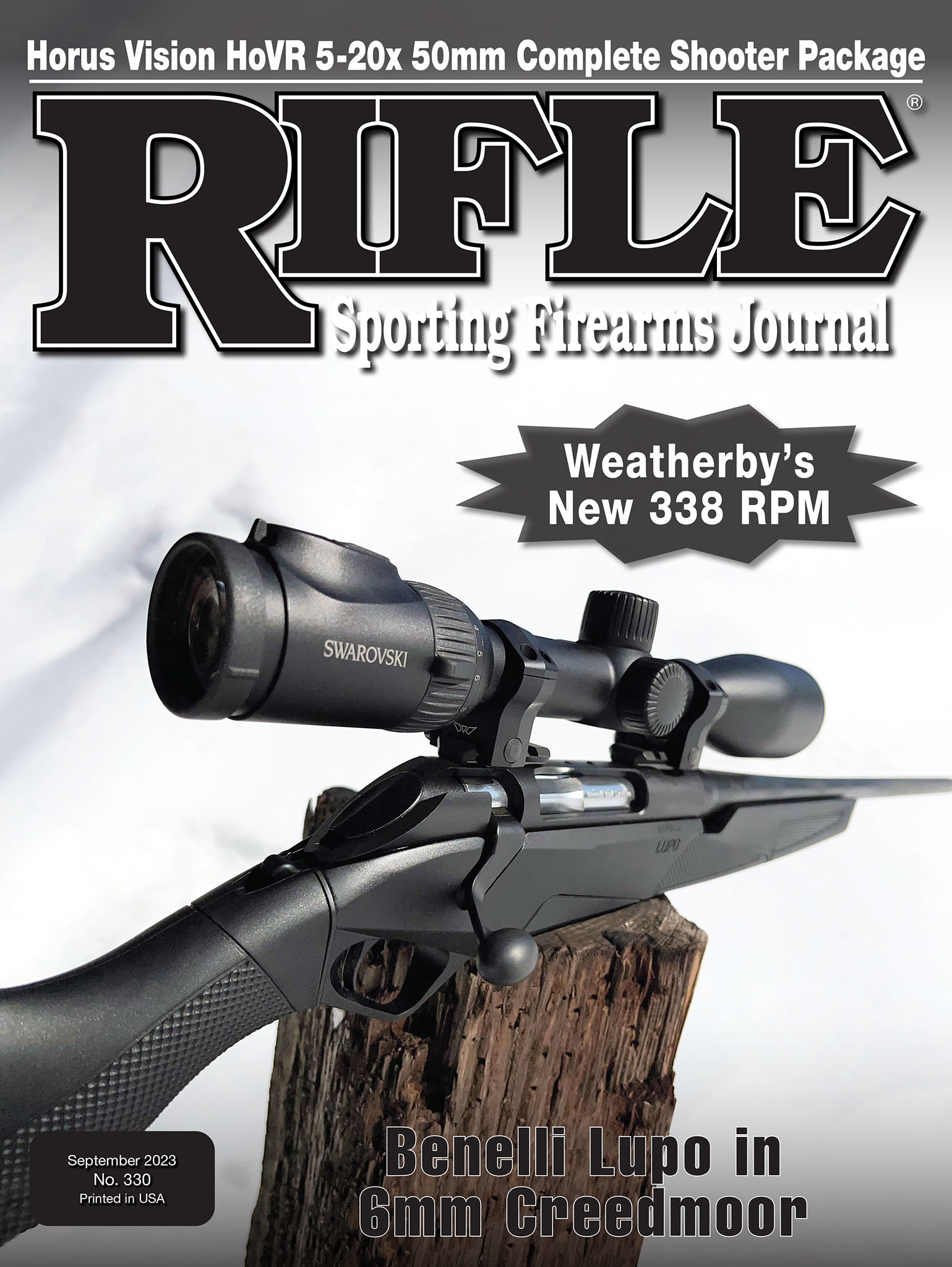Benelli Lupo in 6mm Creedmoor
Italian Fashion at Its Best
feature By: Patrick Meitin | September, 23
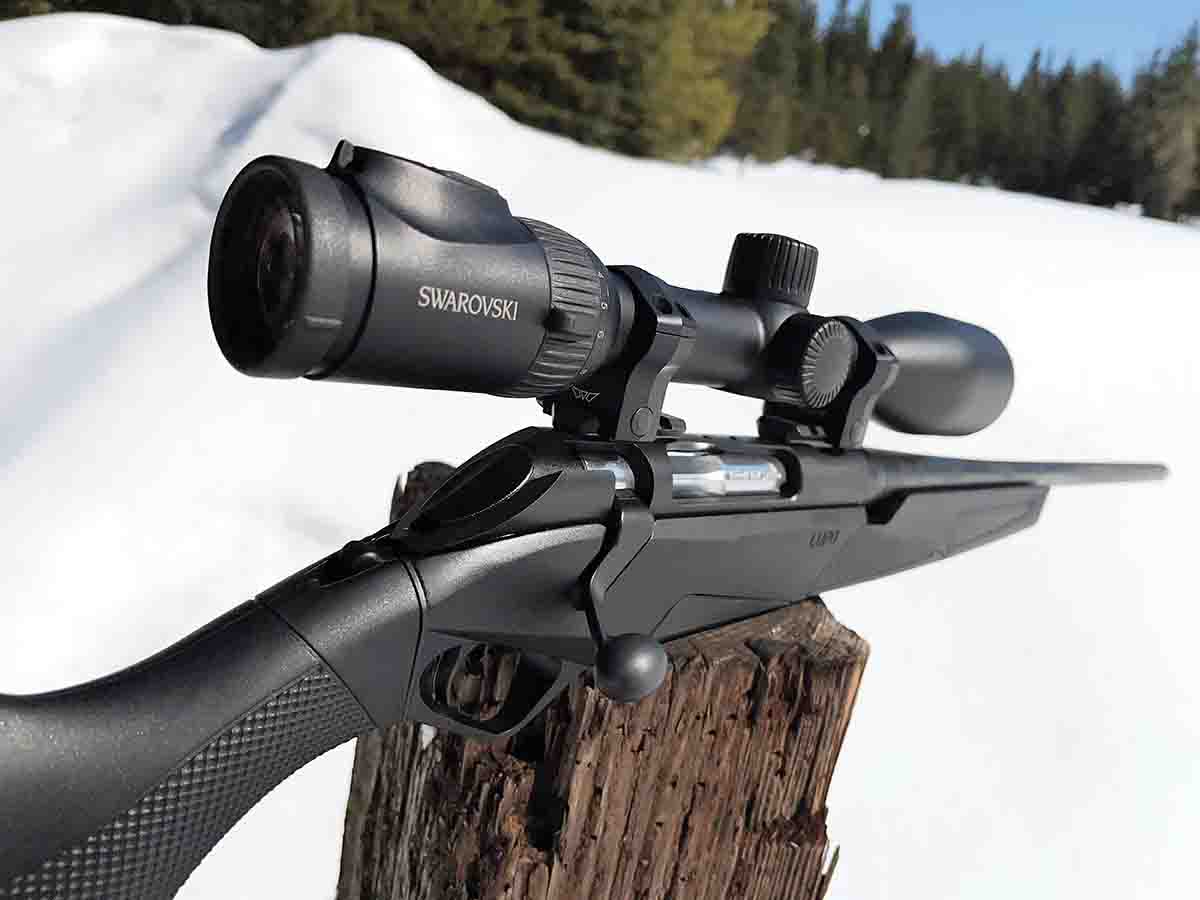
Benelli’s venture into bolt-action rifles is technically advanced and ergonomically superb.
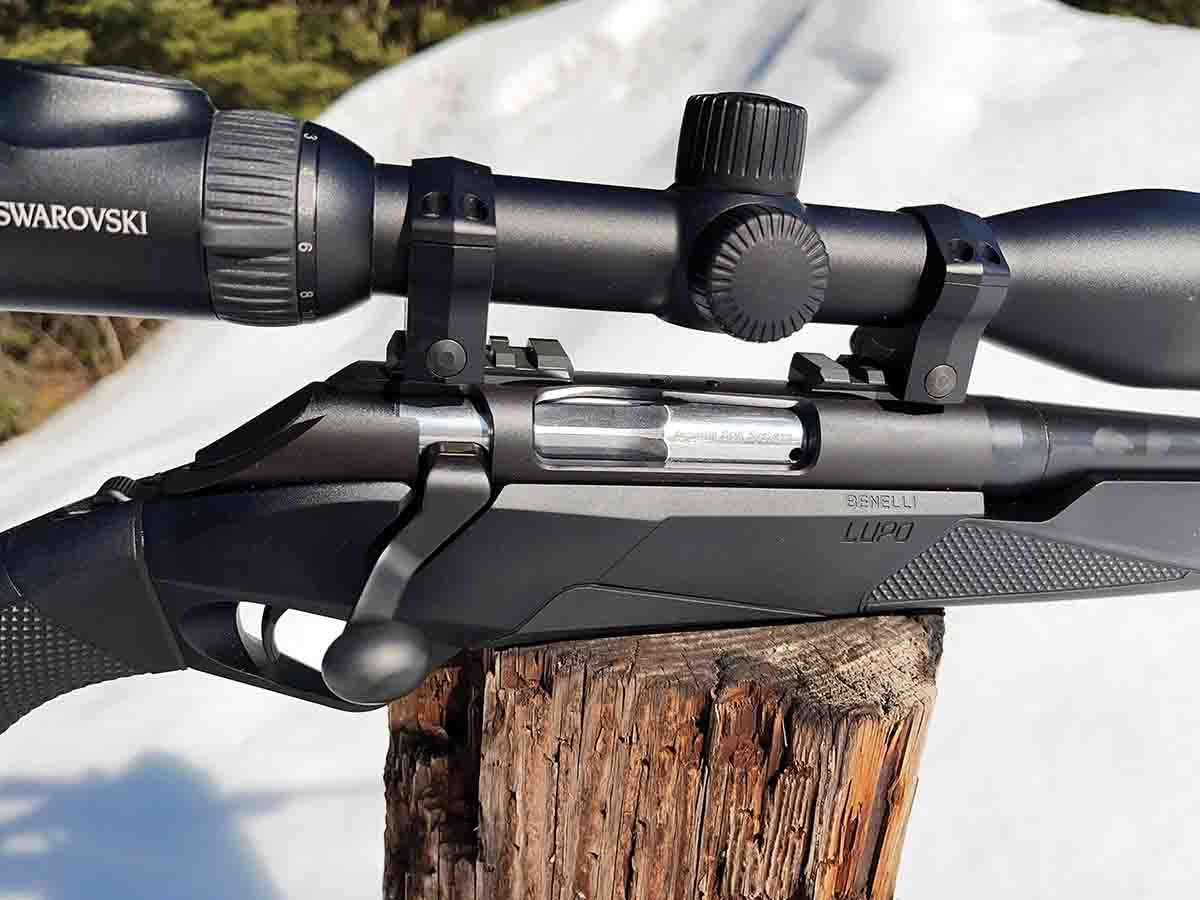
Benelli is a label usually associated with hardworking shotguns, so you will be excused if seeing the name in a magazine entitled Rifle seems a bit confusing. Lupo translates into “wolf” in Italian, and is Benelli’s first bolt-action rifle model – a design promising sub-MOA, three-shot accuracy with premium factory ammunition. Plus, in true Italian fashion, it included elegant lines creating exceptional ergonomics and shooting comfort. At first glance, the Lupo appears to include a straightforward synthetic stock, but Benelli labels the Lupo a chassis-style hunting rifle. Delving deeper, shooters will discover the Lupo includes an involved stock design allowing the rifle to be customized to fit just about any shooter. The Lupo also includes seven exclusive Benelli patents that combine to create a truly unique hunting rifle.
Anyone who has owned or hunted with a Benelli shotgun understands the quality manufacturing and flawless function the company is renowned for. Instead of beginning with a typical Remington M700 footprint, as many have before, the Lupo was built from scratch to be a one-of-a-kind design.
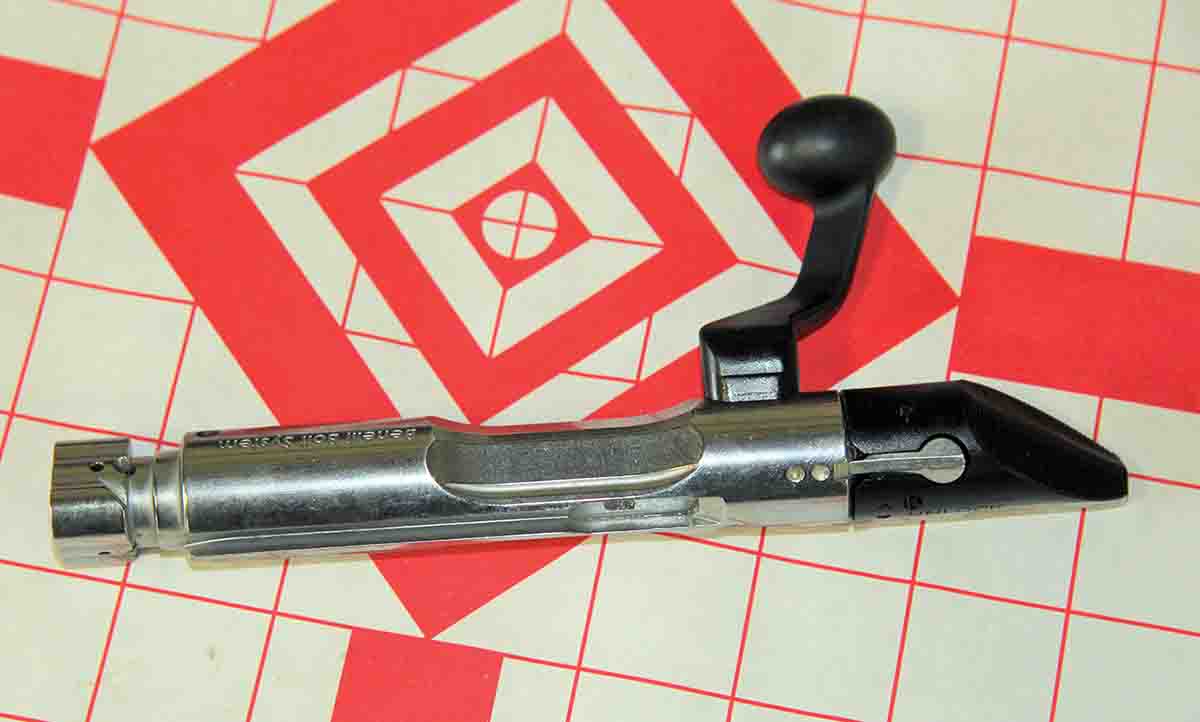
The Lupo included a barreled action that attached to an interior aluminum chassis that also held the forend and stock. The center-beveled bolt is a unique three-lug design that includes a quick-cycling, 60-degree bolt lift. The bolt handle was doglegged and swept back slightly, resembling the old Remington 660 bolt. In today’s environment of larger, high-power optics, these design features ensure ample clearance and the elimination of thumb gouges caused by milled magnification throw levers, while also allowing mounting scopes as low as possible. On closer inspection, shooters will also notice the lugs are the same diameter as the bolt body, which means no receiver raceways and less propensity for binding should the shooter apply up/down or sideways bolt pressure while cycling. One of the lugs points straight downward, that provided sure pickup and continued contact of cartridges pushed from the detachable magazine as they rode into the chamber. The bottom raceway also helps funnel rounds into the chamber more slickly. A red-cocked indicator tab was located at the rear of the bolt shroud.
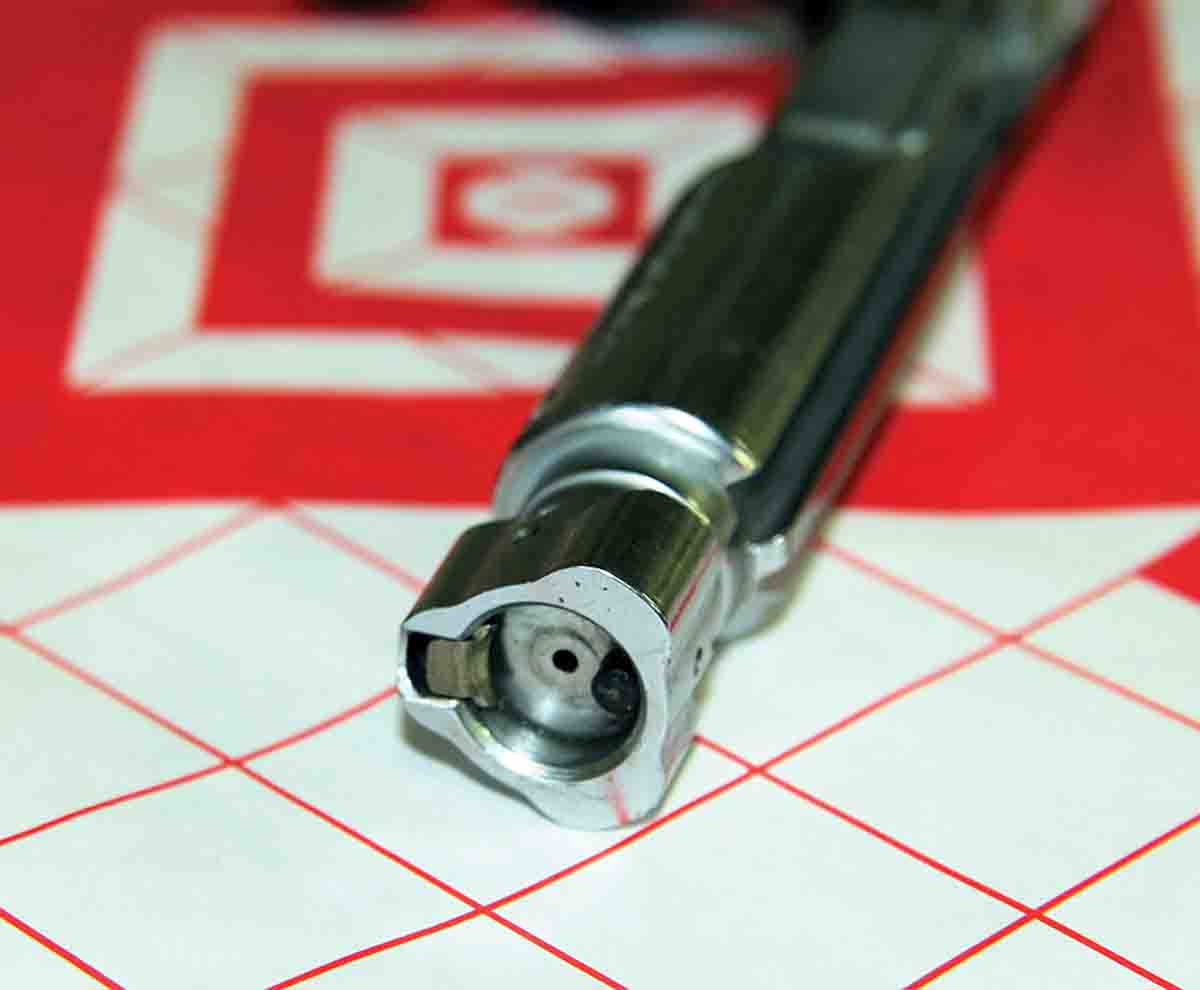
The Lupo feeds from a double-stack polymer magazine that holds five rounds and sits flush to the stock. The release is found on the forward portion of the magazine itself. A partial divider allows the magazine to load like a single-stack design, and the rifle can be top loaded with the magazine clicked into place. Feeding while testing a variety of ammunitions including various bullet profiles and seating depths proved to be glitch-free and silky smooth. The system was 100 percent reliable. The bolt design also allowed for disassembly for cleaning without the need for tools. This was accomplished by pressing a rear rocker button and then twisting the bolt shroud and body apart. The bolt is released for removal through a left-side rocker switch.
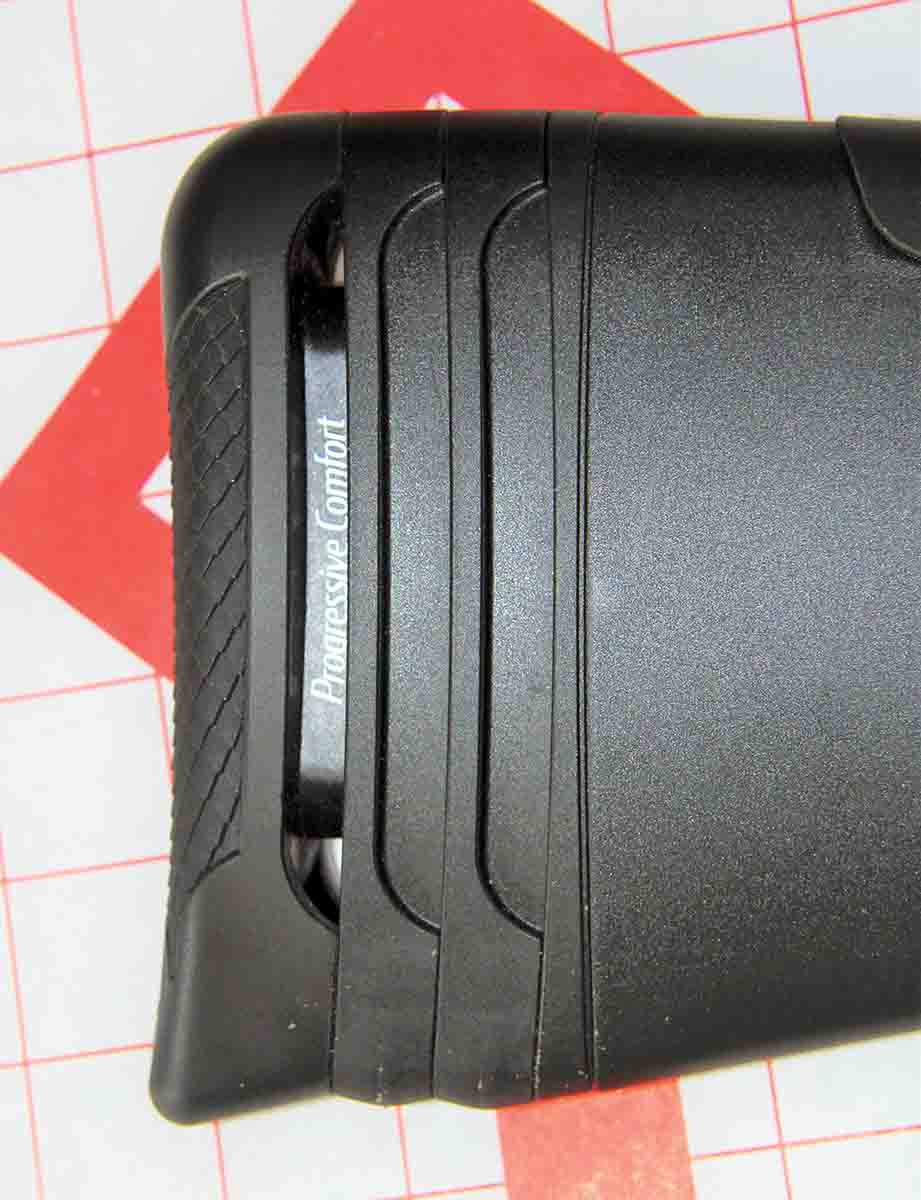
One of the complaints often heard of modern synthetic stocks is the one-size-fits-all approach. That has changed in recent years, with more manufacturers striving to provide adjustments for customized fit. In this respect, Benelli did a bang-up job with the Lupo, something its shotgun education no doubt honed. The Lupo is hugely adjustable. In all, the Lupo provides 36 potential configurations for fit – though finding that Goldilocks spot will require some patient trial and error. The most basic adjustments are found in the buttpad, using a Phillips screwdriver to remove two screws and various nesting spacers added or subtracted to adjust length of pull before reassembly. Three different screw lengths are provided to accommodate thicker or thinner spacers, which are also part of the recoil reduction system (more momentarily). More effort was required to adjust cast and heel drop – removing the buttpad/recoil reduction system and then a nut deep inside the stock to remove the buttstock. A selection of shims was provided to place between the buttstock wrist and chassis. The cast/drop and trigger-reach process takes some time, but will eventually create the perfect fit and feel to preferences. An ideal fit will also mitigate felt recoil with larger cartridge chamberings. Benelli’s goal was to provide shooters with more control, including trigger reach, the provided spacers used to place the shooter’s hand for optimal feel and trigger control.
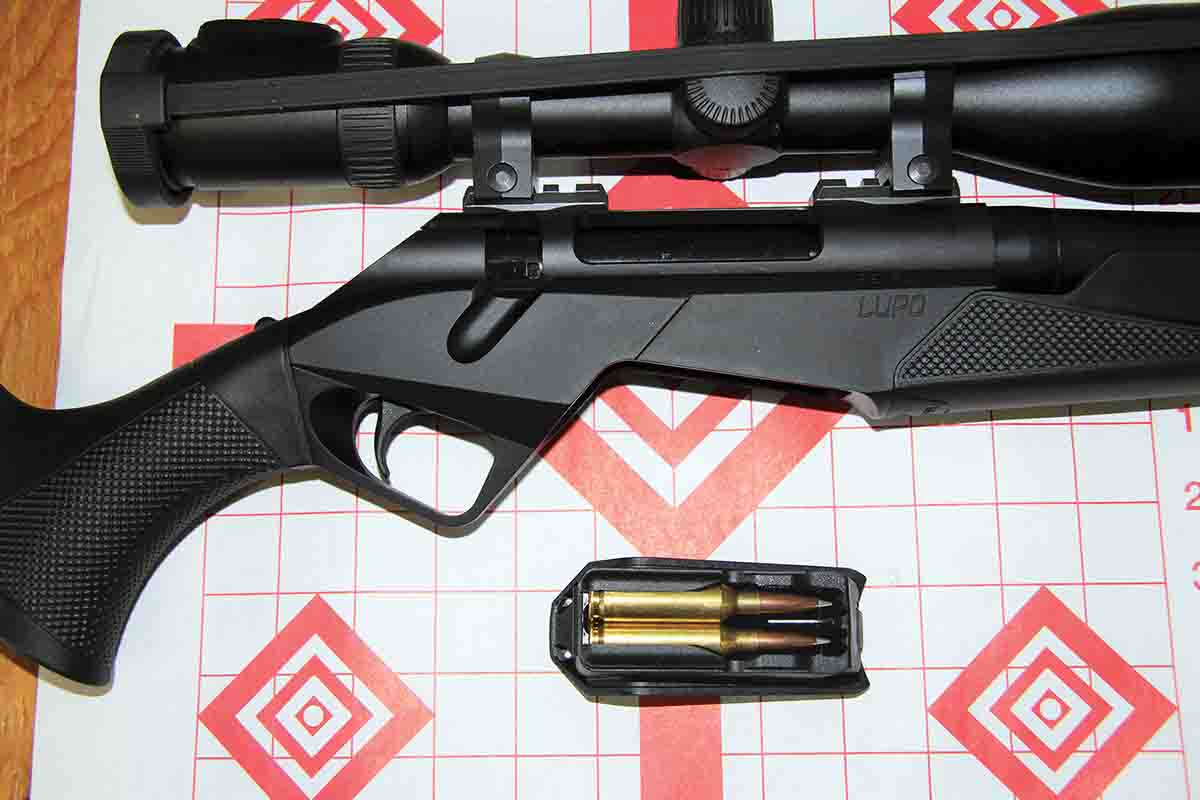
The Lupo arrived from the factory with a 13.8-inch length of pull. Being a tall, lanky fellow, I simply added everything Benelli provided, creating a 14.75-inch length of pull I found agreeable. Optional Combtech raised and extra-high cheek pads are available for larger scope objectives/higher rings. In all honesty, using a high-
objective Swarovski scope mounted in medium-height Warne Mountain Tech four-hole rings and set atop the provided Picatinny sections, I could have used one of these higher combs. My cheek weld wasn’t exactly drum tight with the cheekpiece provided with the test rifle.
The safety was an ambidextrous top center-tang switch with a red dot showing when the rifle is ready to fire. The bolt can be cycled for unloading while the safety is pulled rearward to the safe position. The safety button is well knurled for sure activation, even while wearing gloves. The stock, forend sides and grip areas include AirTouch checkered surfaces that also ensure a firm purchase in wet weather or while wearing gloves, without being too rough when handled with bare hands. This dimpled AirTouch pattern is molded right in.
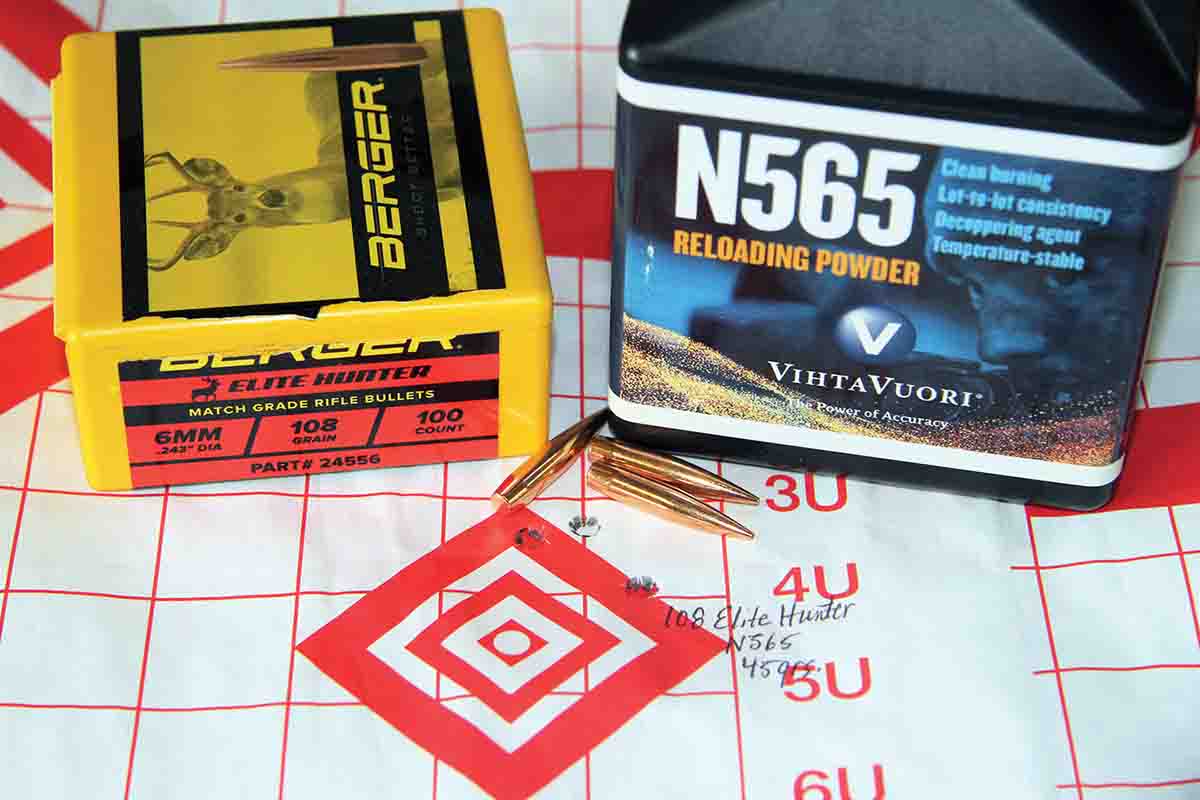
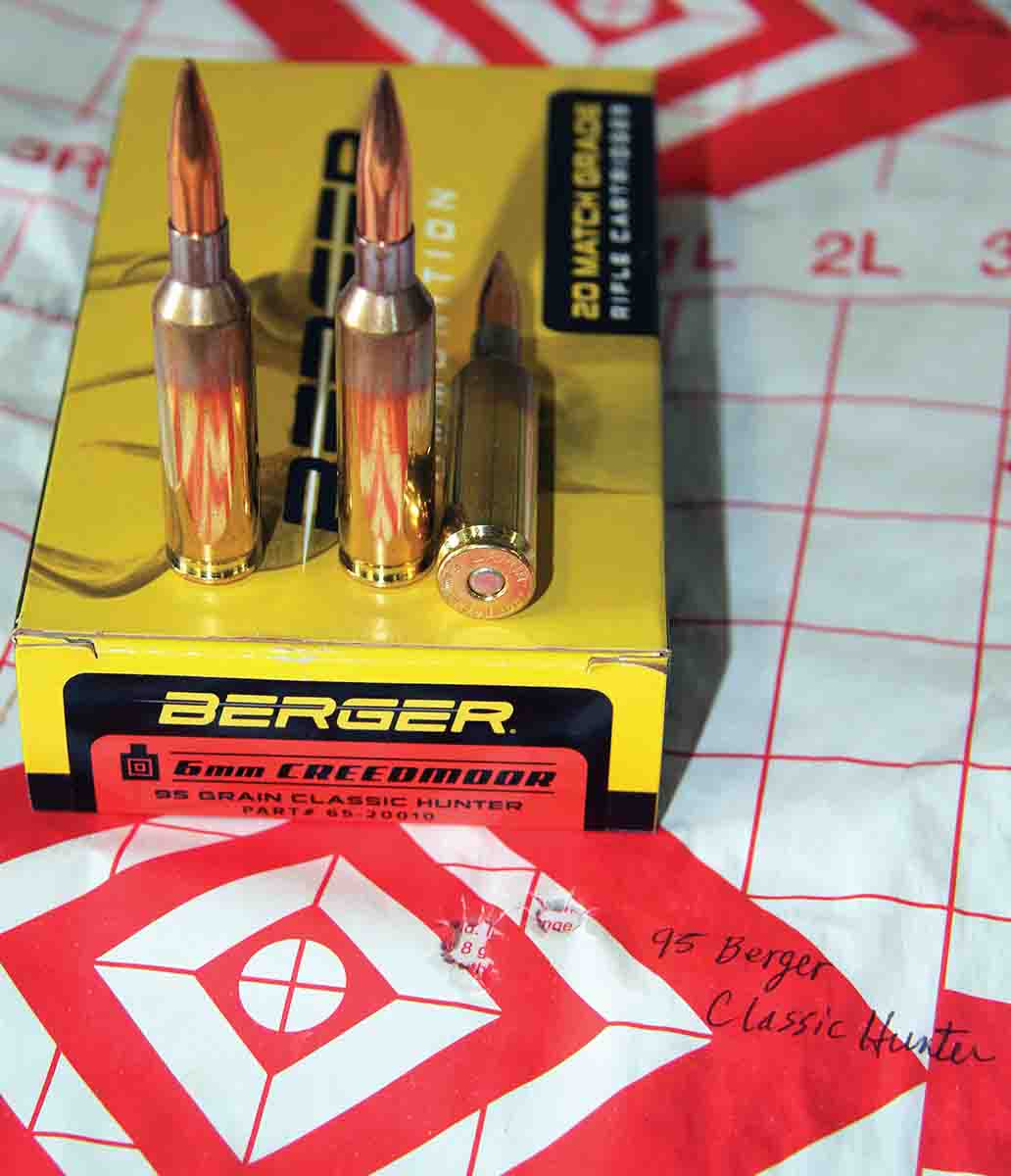
The Lupo trigger is adjustable from 2.2 to 4.4 pounds and broke crisply without creep or undue overtravel. The trigger broke at around 3 pounds out of the box, so I found no need to take the rifle apart for adjustments, as is required to manipulate trigger tension.
The Lupo came with two factory-installed, three-slot Picatinny rails, one to each end of the ejection port. To these, I attached a Swarovski Z8i 2-16x 50mm P optic with a 4A-I reticle in medium four-hole Warne Mountain Tech rings. This is a top-tier riflescope offering 93 percent light transmission, 50 yard to infinity side parallax adjustment, and capped MRAD adjustments. SwarClean coatings repel dust and moisture to keep lenses clear of clutter. Custom BTF (Ballistic Turret Flex) exposed turrets can be added, allowing 54 MOAs of exposed vertical/windage corrections. The 30mm scope measured 14 inches long and weighed 23.8 ounces. What really sets it apart – and boosts its retail price – is its SwaroLight illumination system, providing a red center dot adjustable for 0-32 twilight and 33-64 daytime intensity settings. Day and twilight settings are selected by moving a master lever left or right, with tactile +/- buttons used for further brightness control. It is a versatile option providing the clearest viewing in the business. The addition of the scope brought the Lupo’s finished weight to just 9.26 pounds.
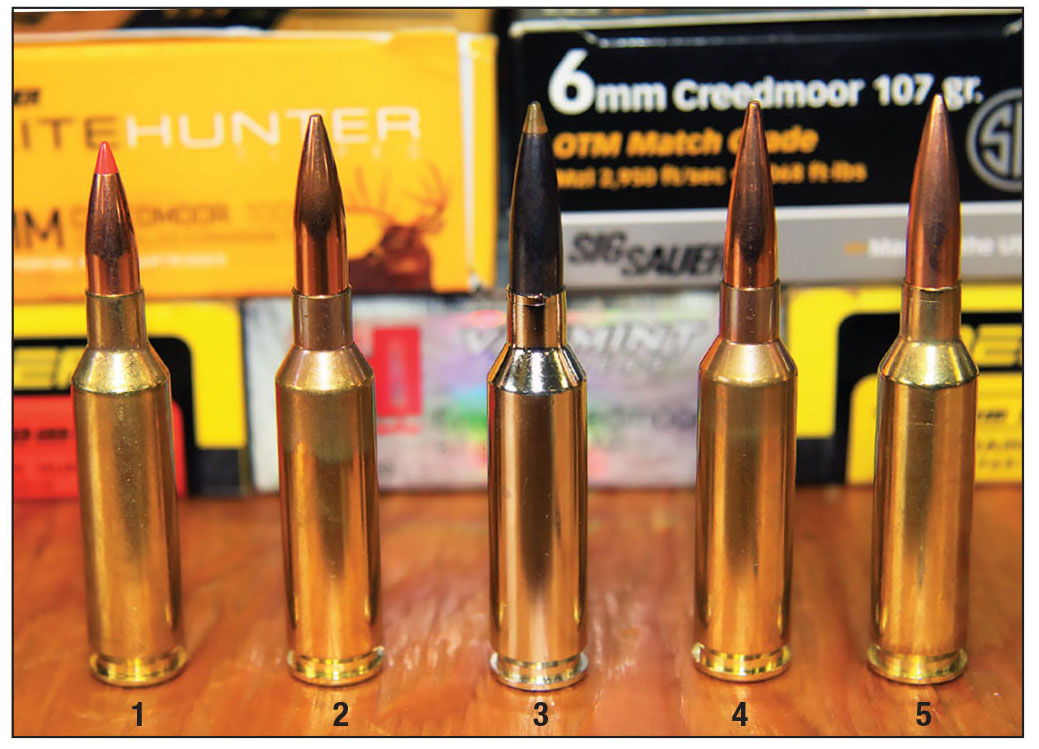
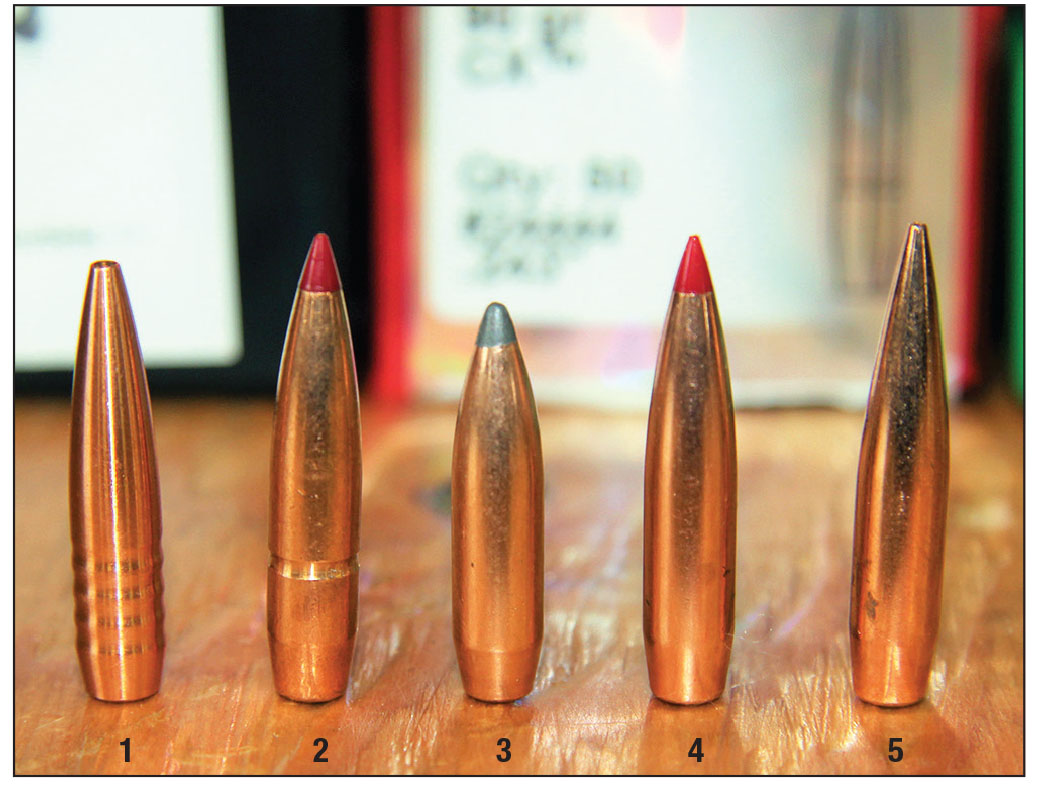
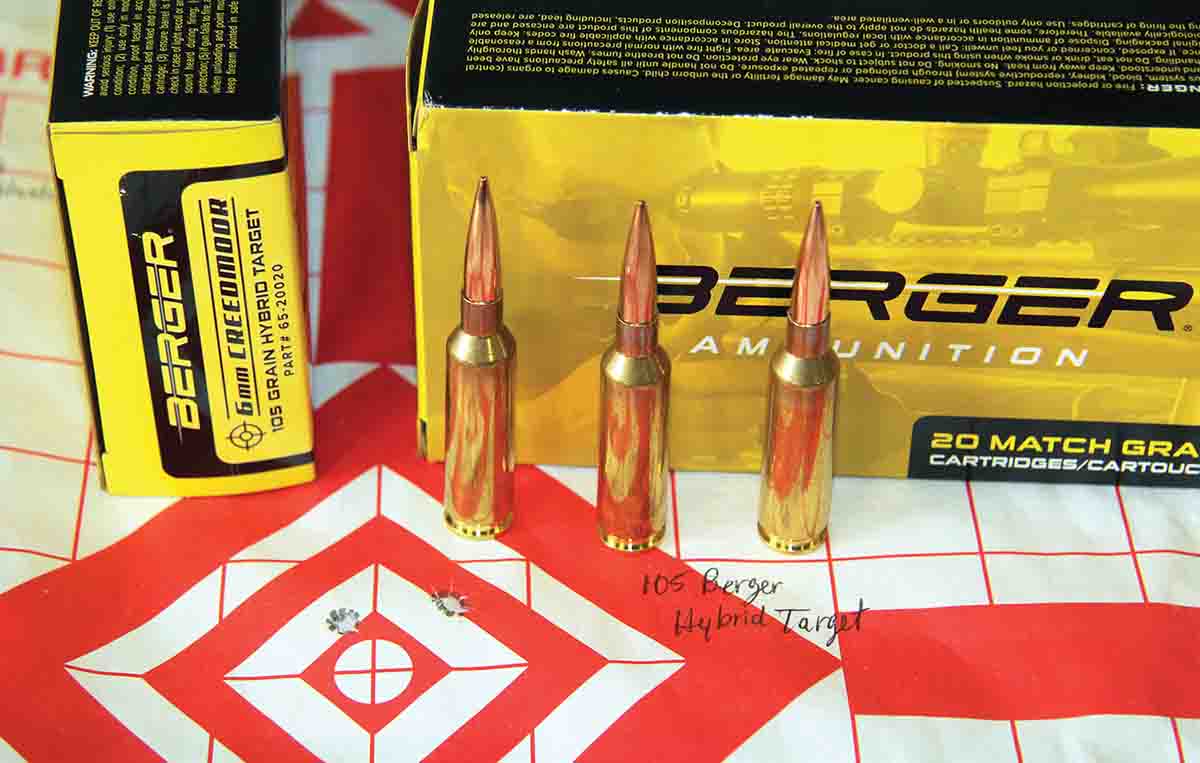
The Lupo met Benelli’s sub-MOA guarantee with four of the five factory loads. The only factory ammunition that the rifle did not like was Hornady’s 87-grain V-MAX Varmint Express load, which managed only a 1.39-inch group. This likely resulted from a long jump into the lands resulting from the short slug, and worries me not at all, as this is not a varmint rifle. Everything else shot well, especially given the thin barrel and the rifle’s relatively light weight. The Lupo really liked Berger’s 95-grain Classic Hunter, which is loaded in Lapua brass with small rifle primers. That ammunition assembled a sub-half-inch group at 2,827 fps. Berger ammunition also won the second-place slot with a .69-inch group with a 105-grain Berger Hybrid Target load. The two SIG Sauer loads stayed inside an inch with higher velocities. The Lupo’s 24-inch barrel lost just 29 and 45 fps to SIG’s listed velocities, 94 fps with Hornady’s varmint load, and 236 to 313 fps to Berger’s stated velocities.
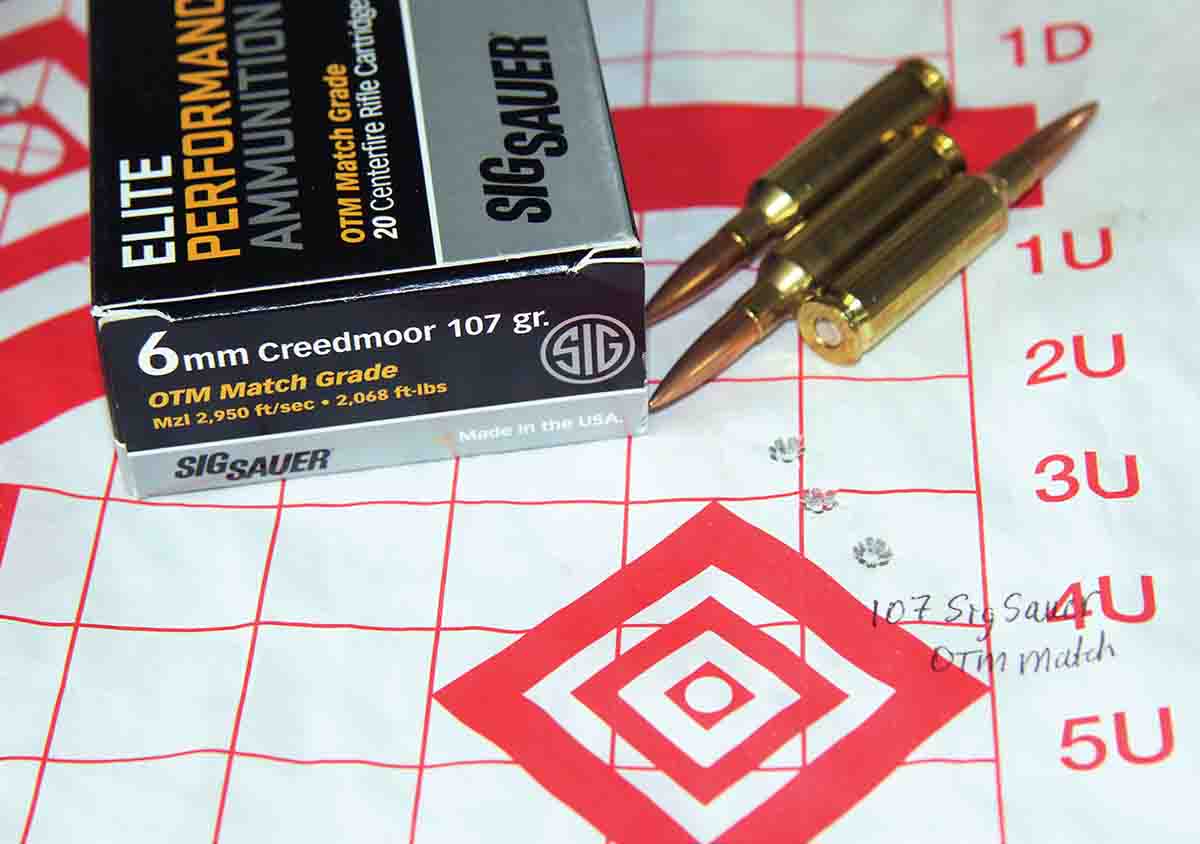
The Synthetic Lupo is, to my mind at least, a hugely-functional, purpose-driven, big-game hunting rifle. The adjustable stock makes it easy to create a perfect fit for nearly any shooter, and even accommodate changes in attire between, say, an early-season T-shirt pronghorn hunt and bundled-up, snowy-weather elk or whitetail foray. The Lupo’s ergonomics make it easy handling whether shooting offhand at still-hunt whitetail or blacktimber elk, or off a bipod or atop a daypack at long-range pronghorn, Coues’ whitetail or mountain sheep and goats. The Synthetic Lupo would make the consummate mountain rifle, a compact and lightweight package with all the accuracy needed for even a long poke across a windy canyon or prairie pan, while proving rugged enough to handle the nasty elements up at alpine or on the tundra.
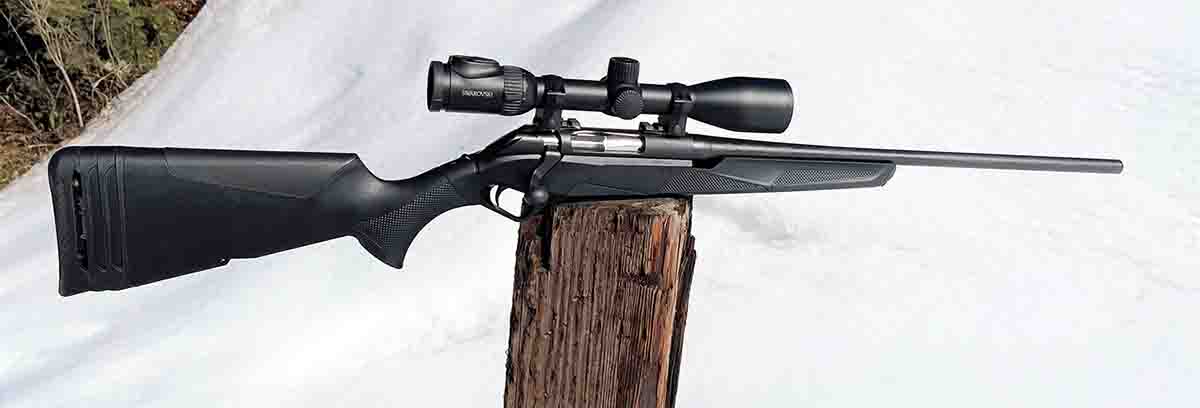
.jpg)


